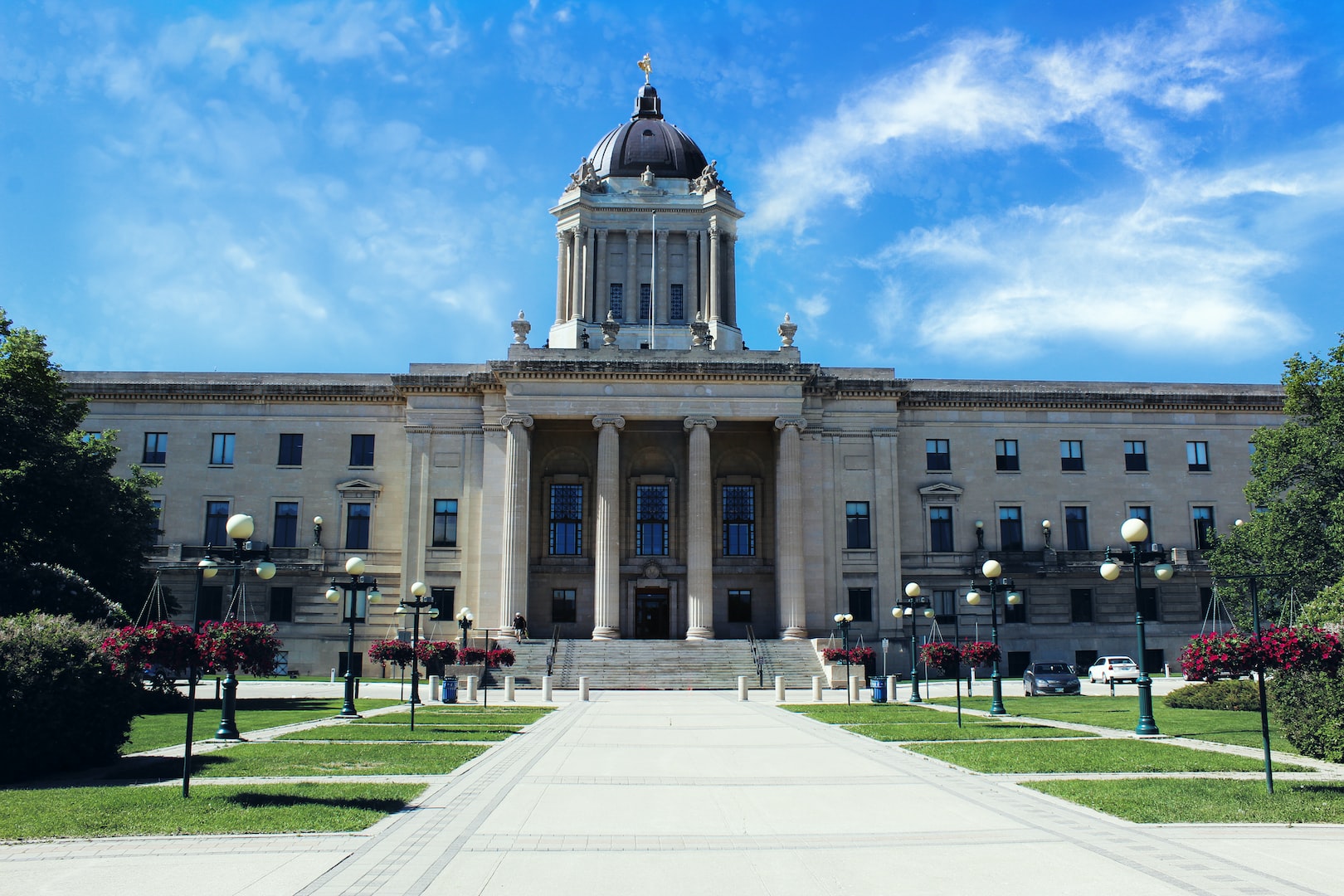
June 10th, 2023 | RYAN TYLER
An Early And Unbiased Analysis Of Manitoba's Next Election
Since 1977, a divided left has paved the way for Progressive Conservatives.

It turns out, PostCanadian doesn't have any contributors in Manitoba. That leaves the job of analyzing the province's upcoming election to me, a guy from Alberta. I've looked at the data, past and present, and come to an unbiased assessment of how it could all shake out. Considering polls, leader popularity and past results from all 57 ridings, this is what could happen.
It takes 29 seats for a majority in Manitoba. Unlike Alberta and Saskatchewan, this prairie province still has a divided left, which significantly divides the left-wing vote in at least 12 ridings. This has allowed the Progressive Conservative party to have an advantage in enough ridings to win majority governments. In only a few cases does the left-wing vote split directly down the middle, but in a majority of the 12, it divides enough to block the NDP by a healthy margin of votes.
By taking between 10-14% of the popular vote in the past two elections, the Manitoba Liberals have been able to block the NDP. In fact, historically, it looks like left-wing vote splitting has been responsible for most Progressive Conservative majorities in Manitoba since 1977. It was in the 1988 provincial election that Manitoba saw NDP support collapse, putting the Manitoba Liberals into official opposition. Ever since, PC majority governments have depended on the strength of Manitoba Liberals.
Overall, Manitoba is an NDP province, but under its current leader, Wab Kinew, controversies offer potential for Liberals to siphon NDP votes. Despite the NDP leader's controversial past, the NDP managed to gain 6 seats in the previous election. Polls now show the NDP leading by an average of 5%. However, the Manitoba Liberals are still polling between 10-15%, which is where they need to be for the Progressive Conservatives to maintain an advantage in key ridings.
The election is happening in the fall, but if polls don't change much between now and then, the NDP has the potential to win a slim majority. By slim, I mean the exact 29 seats required to form government. Only if the NDP are able to consolidate more Liberal support will they be able to pull off a stronger, less volatile government like they did in 2011—when Liberal support finished at 7%.
Opinion polls from the past four elections have been surprisingly accurate, except for 2019, when pollsters underestimated both PC and NDP support by 3% on average.
If we look at Probe Research, we see a steady decline in Liberal support at the moment. At the same time last year, Manitoba Liberals were polling at 15%. In 2023, at the same time, they have been inching down to 10% or less. If Probe Research is right and Liberals pull in less than 10% on election day, the NDP could win a bigger majority.
At the moment, without factoring in campaigning and any potential scandals, the Progressive Party's path to victory under Heather Stefanson is looking more narrow. If things don't change and Liberals continue to weaken, Manitoba will have an NDP majority this fall. Any scandals for either Kinew or Lamont will benefit Stefanson. A big scandal for the Liberal leader alone, without one for Stefanson or Kinew, will solidify an NDP majority. A scandal for Kinew could derail an NDP majority and shift support to Liberals in key ridings.
The balance is tricky and the hill is steep for the Progressive Conservatives, but it's not an impossible climb. Eight years of incumbency and their new leader's lack of popularity are negative factors working against them, but any severe decline in faith among left-wing voters could sink Wab Kinew's chances and lead to a surprise PC majority under low voter turnout.
My current seat projection puts the NDP at 29 seats, the Progressive Conservatives at 27 and the Liberals at 1. Depending on Liberal weakness, the NDP could win 2 to 3 extra seats under the current polling trends. If Liberals dunk below 10% on election day, the NDP will win a strong majority of 35 to 37 seats.
Projection: NDP
Majority
NDP: 29-37 seats
PC: 19-27 seats
Liberals: 1-3 seats
Read an analysis of the federal by-election in Portage-Lisgar here.
